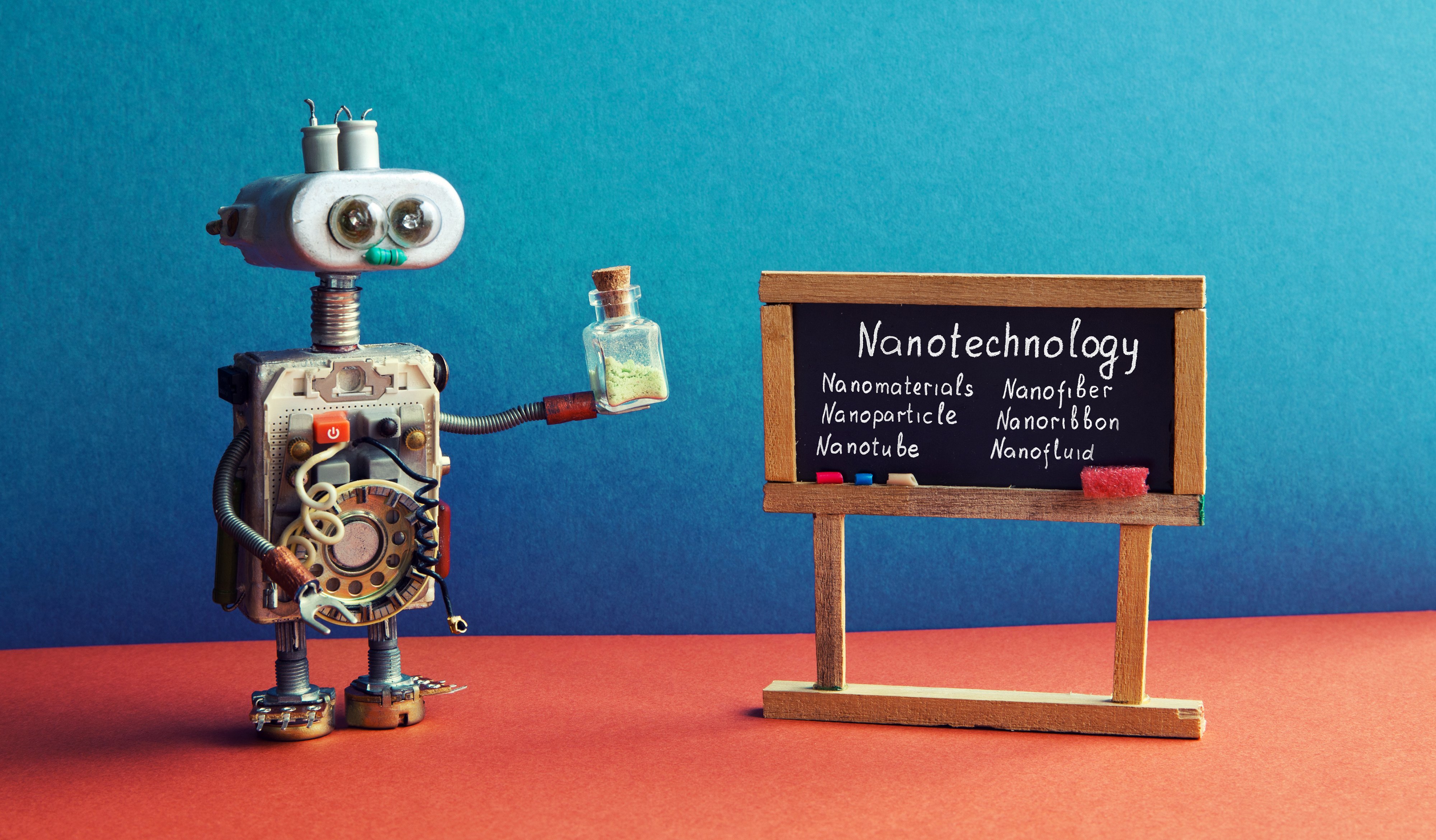
Last week, we talked about invention extensions - ways to extend applications of your research project to new markets and industries. Check it out if you missed it!
This week, we’ll focus on one aspect of invention extensions: finding related products.
Searching for relevant products can be difficult. As we discussed last week, one way is to search through industries that have expressed needs that are relevant to your technology core. Another way is to use the description of your technology core to do a semantic patent search. And a third way is to look for well known innovators in each industry, and then see who they reference as important inspirations or sources of knowledge.
We’ll now go through each of these different ways to find relevant products in detail.
Industries With Relevant Needs
This can produce the most focused results but can also be the hardest to do. Taking the example of Kuka, when we searched for “programmable technology that moves quickly yet precisely, and can carry heavy weights”, we found the following products:
- Warehouse robots: https://6river.com/what-is-a-pick-and-place-robot/
- Industrial robots (no surprise there): https://www.plantautomation-technology.com/articles/types-of-robots-based-on-configuration
- Space robots: https://www.sciencedaily.com/releases/2004/11/041130081240.htm
- Cleaning robots: https://www.universal-robots.com/plus/products/terlatec/terlatec-snowblaster-ts10-ur/
The cleaning robots were particularly interesting - we found this link through a page of links about robot components. In other words, our search led us on a path where we ended up with something unexpected, yet potentially useful.

Semantic Patent Search
If you have access to an advanced patent search tool, you can do semantic patent searches. For this to work well, it’s best to remove very industry specific keywords from the description. Substitute more industry agnostic keywords if needed to complete the description.
We started with a similar description as for the industry search above. These semantic patent search tools often do better if you expand the description, even if it means expressing the same idea in multiple different ways, and with different words. We found two more interesting areas: educational robots and robots designed specifically for interactions with humans, for example in an office, medical or home setting.
Of course, you can do this type of search with expensive tools like Patsnap. They often give many results, which can be confusing. And they can be difficult to learn to use.
Or you can try KISSPlatform - easy to use and fits within your budget. Just saying. Contact us for more information.
Finding Known Innovators In Each Industry
Known innovators often discuss their ideas and interests, and how they relate to different products. They also acknowledge their own inspirations and sources of innovation - including which products these other individuals have created.
There are many different ways to find such innovators, including:
- Patents
- Scientific articles and papers
- Industry forums
For this example, we considered the results of the patent search that we did earlier, and specifically the results for educational robots. We looked at the inventors, and considered their co-workers. We also looked at papers and patents cited in the IDS (Information Disclosure Statement), which is typically provided to the USPTO (US Patent and Trademark Office) during examination of the patent.
We were able to locate known innovators, but more specifically, to narrow down our market segmentation. For example, one market segment for educational robotics is for therapeutic and remedial education, to help children with developmental disabilities. It is also possible to find completely new industries this way, as often researchers in different fields but complementary technological areas will refer to each other.
Want to know more about how to find relevant products and extend your invention applications? Join us for our free webinar on June 1st, 2022.
.png?width=1920&name=Your%20brain%20when%20you%20come%20to%20our%20webinar%20(1).png)

